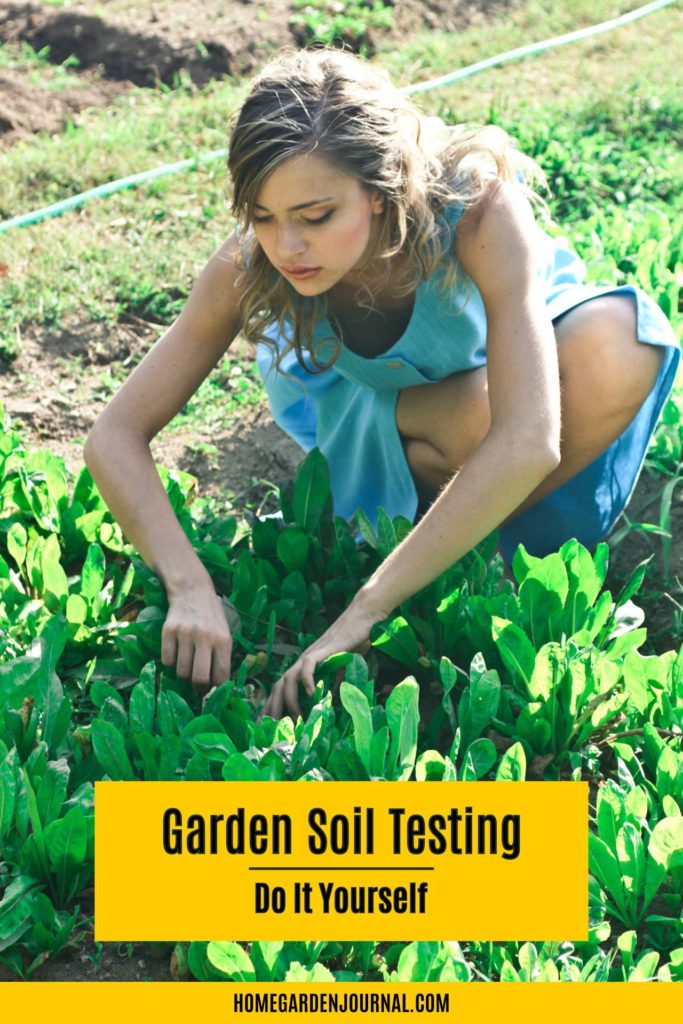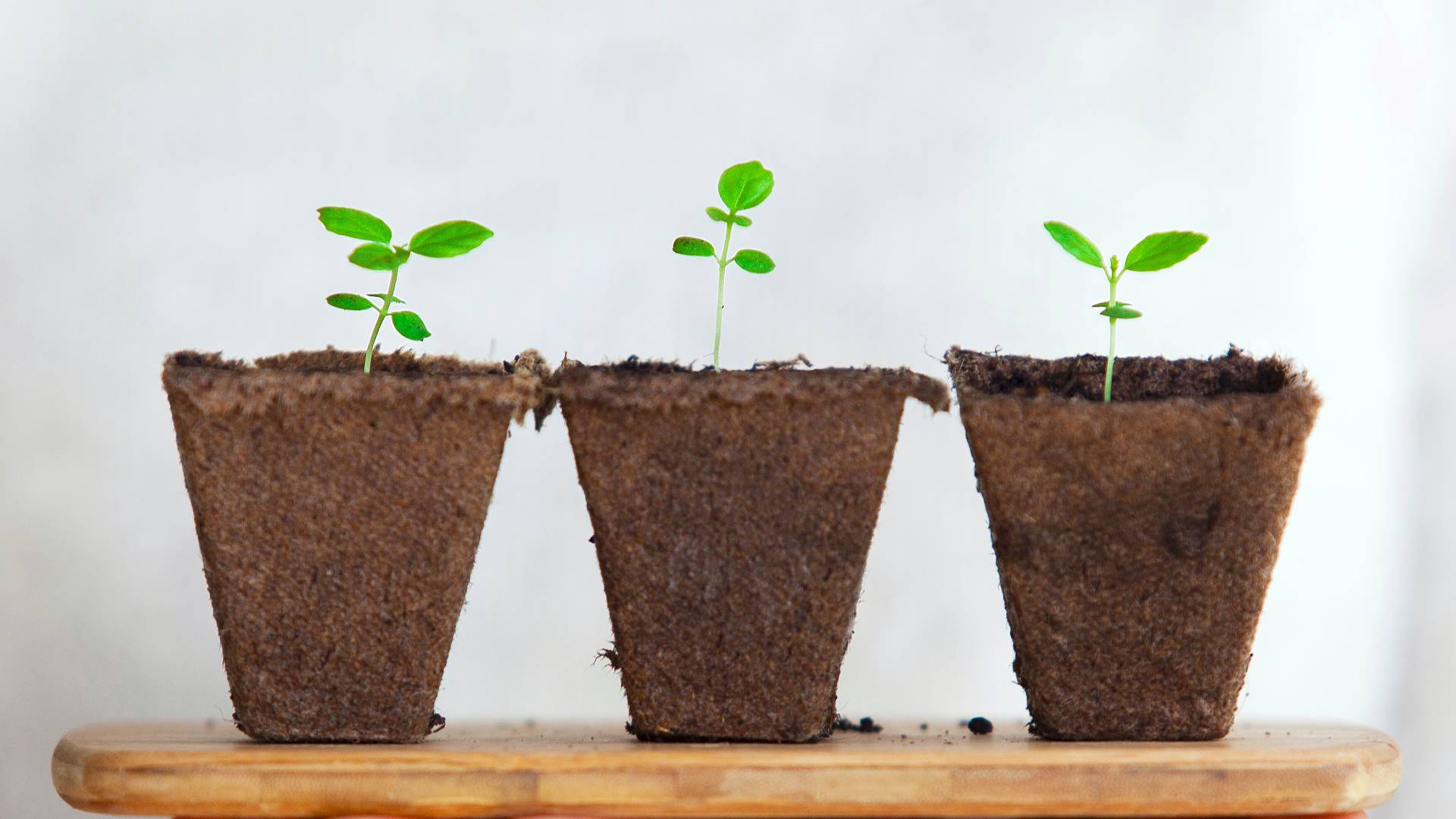Great soil is the bedrock of growing vegetables and flowers. It’s no different for a home garden, a kitchen garden or a big farm. You need the soil with nutrients and texture to support healthy plant growth. Soil testing allows you to check if your soil has what plants need.
As a home gardener, you don’t need to get your soil tested at a lab. Though a laboratory test provides valuable analysis of your soil, you can conduct soil test at home too.
Here’s are some simple do-it-yourself soil testing methods for your home or kitchen garden. Follows the steps to analyze your soil for texture, pH level, compaction, drainage, organism growth, water infiltration and more. With these soil tests, you will have a good starting point to plan your gardening and prepare your backyard soil for better plant growth.
Willamette Valley Soil Quality Guide, developed at Oregon State University, is a system created for farmers. It can be used by gardeners in most parts of the USA. The soil testing methods are simple and can be done with common household items.
Though a few methods can only be done during the active growing weeks in spring, soil structure and tilth, compaction, and plant residue can be tested anytime of the year. For a better soil quality assessment, check various locations in your garden.

Soil Structure
Does the soil have good structure and tilth? Soil rich in organic matter have porosity. Porous soils allow movement of water and oxygen for plants.
- When the soil is neither too wet nor too dry, dig a hole 1 foot inches deep.
- Remove an intact soil section about the size of a soup can.
- Break the soil with your fingers and observe.
- Cloddy, powdery, massive or flaky is least suitable for gardening.
- Friable, crumbly soil is ideally for gardening.
- Soil should be made up of different sized crumbs that withhold slight pressure but easy to break.
- Crumbs that break only with difficulty indicate hard / compacted soil.
Compaction
Compact soil is unsuitable for plant growth. Plants need easily penetrable soil to grow their roots inwards. A compacted soil makes root growth difficult. Compacted soil inhibits root growth, water availability and movement of vital soil fauna.
- Take a wire flag (or shovel) and push it vertically into the soil at different locations.
- Mark the depth at which the wire starts bending.
- Easy penetration of wire flag beyond the tillage layer (a foot or more) is a good indication.
- Immediate bending of wire flag indicates compacted soil.
Soil Organisms
Good soil supports life. Worms are great indicators of the overall health of your soil. You will find organisms such as earthworms, centipedes, ground beetles, spiders and other soil fauna when the soil is suited for plant growth. Soil full of a variety of soil organisms is great news for gardeners.
- Dig a small hole of 6 inches across and 6 inch deep when your soil holds slight moisture.
- Place the dug out soil on a tarp or a cardboard sheet.
- Keep a track of organisms that you find in your soil during digging and after.
- Gently probe and sift through the dug earth to check for organisms.
- Soil with 10 or more worms indicates great soil with the right pH level.
Earthworm Check
Earthworms are like farmers of your garden. They dig earth, enrich it with nutrients and make soil aerated. Slimy earthworms in your soil is great news for gardeners.
When the soil is neither too dry nor too wet, look at the soil surface for earthworms. Do you see earthworm casting and burrows?
- Dig a small hole of 6 inches across and 6 inch deep when your soil holds slight moisture.
- Count the number of earthworms you find in the soil.
- A count of five or more earthworms indicates great soil quality.
- The absence of worms indicates lack of adequate organic matter in your soil.
Earthworms thrive in moist soil. Some places don’t have much earthworms. You aren’t going to find earthworms in arid or desert climates.
Water Infiltration
Ideally, water should drain properly without any ponding after heavy rain or irrigation. If water remains on surface for long after rains, the soil drainage is slow. Soil with poor draining is not good for plant growth as roots remaining exposed to water longer and start rotting.
- Take an empty coffee can and remove the bottom.
- Push this coffee can into the soil with 3 inches above the surface.
- Fill the can with water to the brim and note how long it takes for the water to be absorbed into the soil. Repeat this multiple times until the rate of absorption slows to a consistent rate.
- Fill the coffee can with and note the rate of water absorption. Absorption slower than 1/2-1 inch per hour indicates compacted soil.
Soil pH Test
You can learn how to do soil pH level test at home using common items such as vinegar, baking soda and red cabbage.

